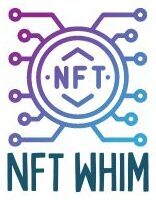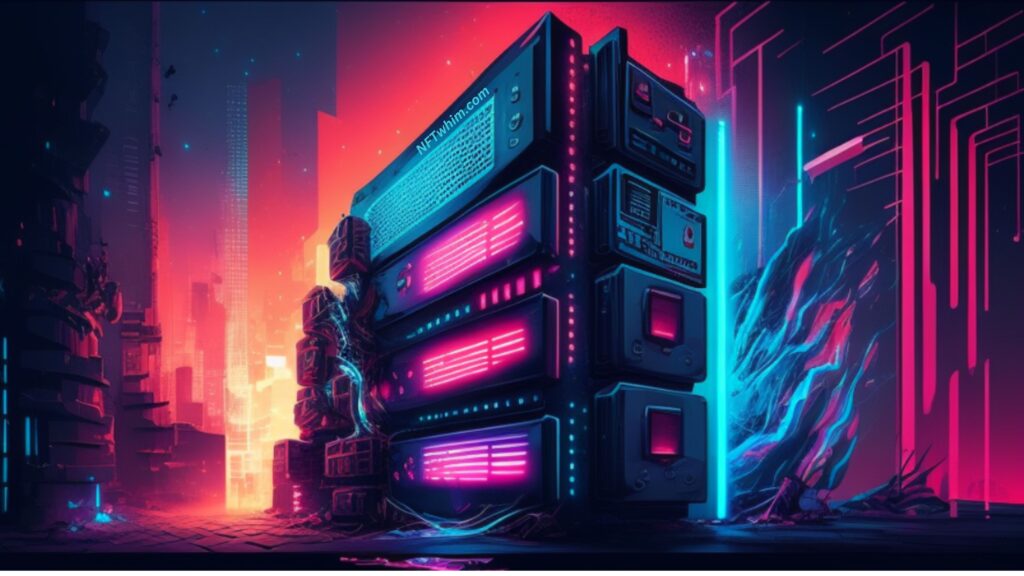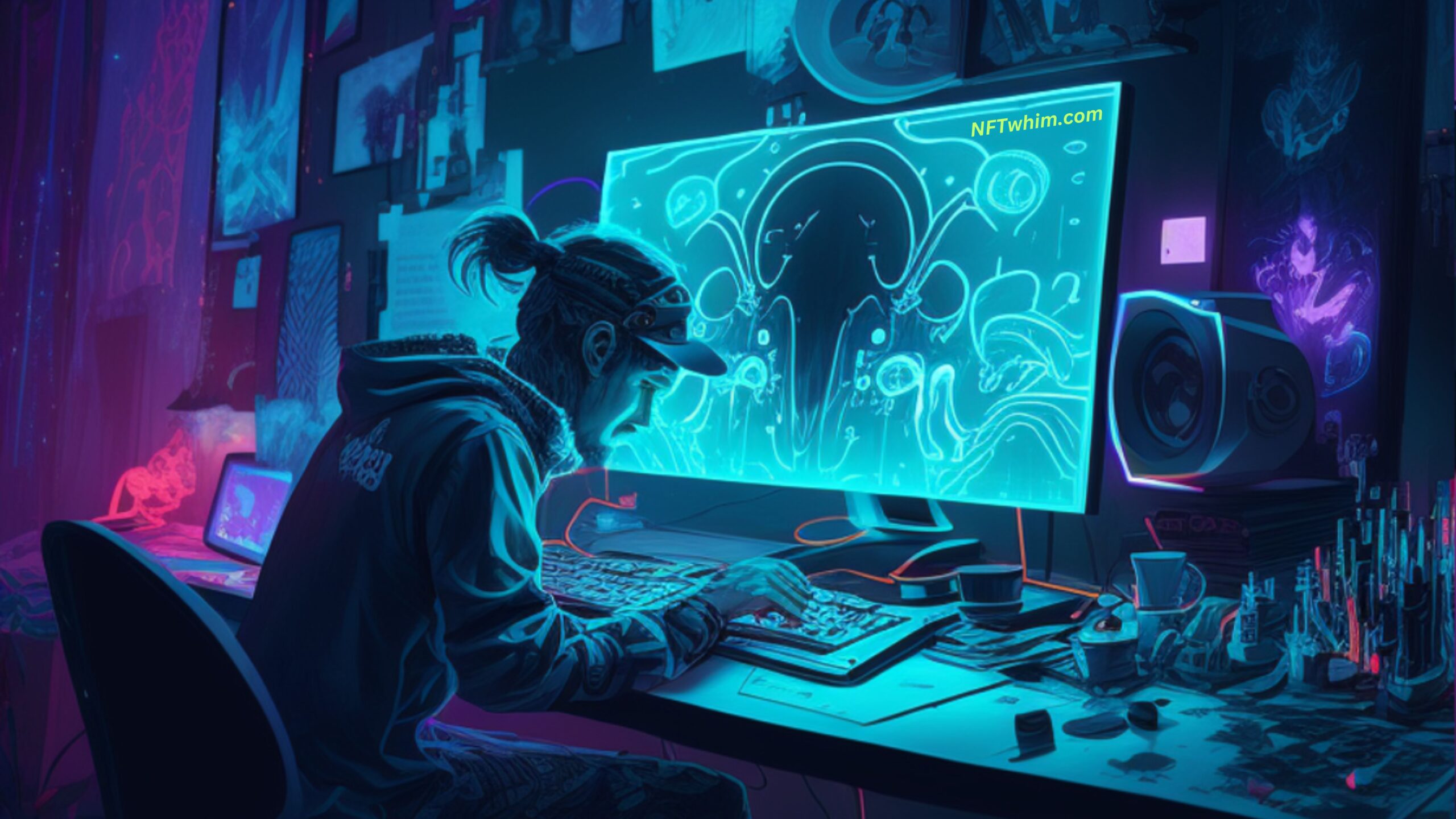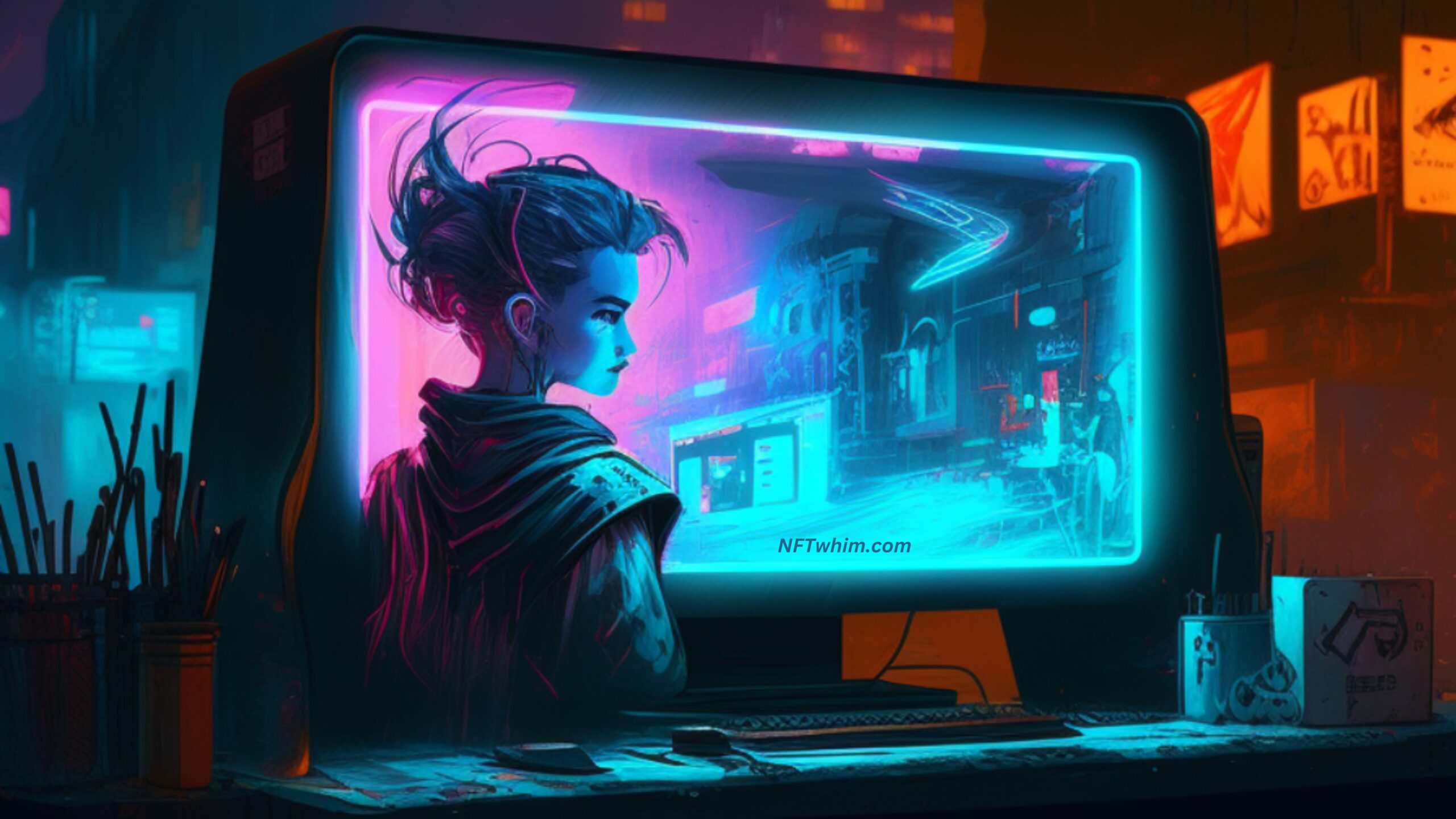As NFTs have grown in popularity, so too has the number of projects leveraging them. Yet despite their promise, most NFT-based projects fail to reach mainstream adoption, and many NFTs don’t even sell once. This begs the question – why?
If you are wondering about this, read on, because in this post, we’ll list the 12 main reasons why most NFT projects unfortunately end up failing. But don’t despair! We’ll also give you the best tips how you can avoid that your NFT project ends up in this statistic.
The 12 main reasons why most NFT projects fail:
1. Lack Of Liquidity

The lack of liquidity in the NFT sector is one of the major reasons why most projects fail. An NFT project not having buyers, or enough buyers, cannot generate sufficient demand for its tokens and eventually fails to keep up with competition. This leads to an imbalance between supply and demand, resulting in poor NFT sales performance.
Lack of liquidity can also lead to difficulties when trying to convert assets from one form into another. For example, if there’s no market for trading NFTs, users won’t be able to easily exchange them for other cryptocurrency or fiat currency. In addition, this makes it hard for investors to exit their positions quickly if needed.
2. Absence Of Regulatory Framework
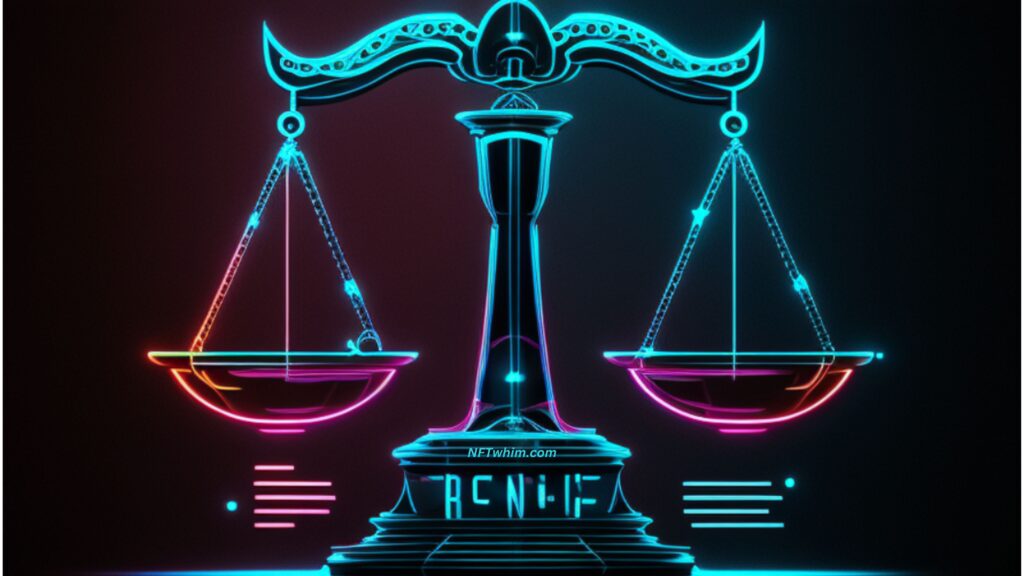
The lack of a regulatory framework for non-fungible tokens (NFTs) is one reason many projects fail. NFTs are digital assets that have unique characteristics, and their growth requires clarity on the legal status of these tokens. In countries without specific regulations for crypto, it can be difficult to operationalize an NFT project as there is no clear guidance or enforcement from government agencies. This leaves entrepreneurs with little option but to guess how they should comply with existing laws in order to keep their business afloat.
Furthermore, the absence of any type of regulation makes it hard for investors and users to trust NFT projects since there is no certain way to guarantee fairness or security. Without proper legislation governing the industry, companies may face fines and other penalties if they do not adhere to a certain standard set by regulators. Therefore, having a well established regulatory framework would help ensure that all parties involved in an NFT project understand their rights and responsibilities while also providing more assurance against fraud and manipulation. The end result could lead to increased adoption of NFTs within the global economy.
As such, establishing a comprehensive system of crypto regulations is essential for enabling the long-term success of NFT projects across borders. With strong legal frameworks in place, both businesses and consumers will be able to confidently invest in this growing sector without fear of potential risks or losses due to uncertainty about compliance requirements. Governments must recognize this necessity if they want their citizens to take full advantage of this revolutionary asset class.
3. Technical Complexity

NFT projects often fail due to technical complexity. Blockchain technology is a complex thing, and building an NFT project on top of it can be even more challenging. Smart contracts are particularly difficult for many teams to get right, as there’s no room for error in this highly secure environment.
The main problems associated with the technical complexity of NFT projects include:
- blockchain complexity: understanding the underlying structure of the platform that you’re basing your project off of;
- setting up nodes
- configuring network parameters
- smart contract complexity: writing solidity code for smart contracts requires knowledge of coding languages such as Solidity or JavaScript;
- creating automated functions within these contracts
- making sure they execute properly when deployed onto the blockchain.
The technical complexities involved in building an NFT project make it difficult to succeed without having experienced developers who understand both programming and blockchain architecture. This need puts extra strain on development teams which may not have the resources or personnel necessary to complete their projects successfully. The result is all too often failure – either during development, or after launch if issues weren’t caught beforehand. It’s essential that any team looking to build an NFT project has a full grasp of what they’re trying to achieve before they attempt anything else, otherwise mistakes will be made.
4. Poor User Experience

Just as a house of cards is built upon its foundation, the success of an NFT project depends on the user experience it provides. A poor user experience can be the undoing of even the most technically complex projects and create insurmountable obstacles to overcome.
User experience issues come in many forms: bad user interface design, slow transaction speeds, or simply too much friction in terms of onboarding new users. These all add up to make for a suboptimal and clunky user experience that no amount of technical complexity can fix.
The freedom desired by users should not be hindered by any kind of barrier – both physical and digital- so providing them with a well thought out UX is paramount when creating an NFT project. If developers focus their attention there first and foremost, they are more likely to launch successful products which will attract more users over time. In order to break free from failure, building excellent user experiences must take precedence over all else.
5. Unclear Value Proposition

Many NFT projects fail due to an unclear value proposition. Without a clear understanding of the project’s purpose, potential users won’t be able to easily understand how it can benefit them. When there’s no clarity in what makes your project unique and better than other similar offerings, people don’t have any assurance that their time or money will result in real-world value for them.
The success of an NFT project relies heavily on the ability of its creators to communicate the value they offer with both accuracy and efficiency. It’s essential that they provide transparency when outlining what their product offers and why it should matter to others. If a team is unable to clearly articulate their offering’s advantages over alternatives, then it becomes difficult for users to trust them enough to invest either energy or resources into exploring further.
When building out an NFT project, having a well-defined value proposition is key. Make sure you’re providing clear explanations about who needs your product and why – along with proof points as evidence – so that potential buyers feel confident investing their time and money into using it. This kind of value proposition clarity helps ensure long-term adoption which leads to greater success for everyone involved!
6. Low Adoption Rates

The darkness of failure hovers over many NFT projects, with low adoption rates as the main culprit. User adoption is often a challenge for these projects, no matter how cool they may be on paper.
- Low liquidity in markets
- Unfamiliarity to users
- Lackluster user experience
These three issues are the biggest inhibitors of successful adoption and can quickly cause an otherwise promising project to fail. With most NFTs having limited use cases and value propositions outside their respective ecosystems, there’s a need to create new onboarding channels that simplify the process while also offering incentives. The best opportunities come when creative minds unite and solve complex problems together by focusing on delivering real value through user-friendly applications and services.
To capture potential customer attention, NFT projects must focus on providing desirable experiences that offer freedom from traditional systems. By understanding users’ needs and desires, developers can craft solutions that remove any obstacles stopping people from getting involved or enjoying what’s offered. Achieving this will require time, dedication and effort but it is well worth it if you want your project to succeed where others have failed before.
7. High Transaction Costs

Following low adoption rates, another big reason why most NFT projects fail is due to high transaction costs. With the rise in demand for non-fungible tokens, there has been a corresponding surge in fees as well. For example, Ethereum’s average transaction fee has risen from $0.20 in January 2021 to over $18 per transaction in April 2021. This exponential increase can be attributed to the rising gas costs associated with processing transactions on the blockchain network.
Transaction charges are essentially network fees paid by users when they buy or sell digital assets such as NFTs. They go towards compensating miners and nodes for their services rendered in verifying and validating a user’s interaction with said asset on the blockchain ledger. As more people engage with these types of assets, it increases competition among miners who then charge higher prices for their services leading to an overall inflation of network fees. Thus, this creates an environment where it becomes difficult to sustain any form of economic activity related to NFTs due to the high cost associated with them.
The challenge here lies not just in keeping up with ever increasing gas costs but also finding ways that bring down other overhead expenses while still maintaining a secure platform free from malicious activities. Thus, making sure all stakeholders benefit from engaging on the latest platforms built around non-fungible tokens requires providing solutions that prioritize both scalability and security without compromising either one – something that could prove difficult given current market conditions
8. Security Vulnerabilities

NFT projects can fail for many reasons, one of which is security vulnerabilities. These issues are especially prevalent in the world of blockchain and NFTs because they involve smart contracts, cryptographic algorithms, digital tokens, and decentralized networks. Therefore, it is essential that these technologies have proper security protocols in place to protect users’ sensitive data and funds.
Various aspects of an NFT project must be secured against malicious actors who could exploit weaknesses in the system or attempt to steal user assets. Security measures such as authentication systems, encryption methods, secure coding practices, privacy protocols, and regular audits should all be implemented to ensure a safe platform for users. Here are some key areas where potential risks lie:
- Smart Contract Security: Smart contracts should be validated by experts before being deployed on the blockchain network. This will help identify any loopholes that attackers may use to manipulate transactions and other code-related issues.
- Blockchain Security: Blockchain technology has its own set of unique security challenges due to its distributed nature. It needs robust protection mechanisms such as consensus algorithms and encrypted storage solutions to prevent unauthorized access to data stored on it.
- Backend Security: The backend infrastructure powering an NFT project requires strict security controls including firewalls, intrusion detection systems, malware scanners etc., along with regular vulnerability assessments and penetration tests.
- Crypto Asset Protection: Crypto wallets associated with an NFT project should also adhere to industry standards in terms of their design, implementation and usage guidelines. To further enhance the overall security posture of the system Advanced Encryption Standard (AES) algorithm can be used for encrypting user credentials stored within wallets or databases.
It’s clear that implementing effective cybersecurity measures are vital when creating an NFT project – not just for protecting user data but also for building trust among stakeholders involved in the ecosystem. Taking into account these considerations early on is essential if you want your NFT project to succeed over time!
9. Unsustainable Business Models

The second major reason why most NFT projects fail can be attributed to unsustainable business models. Without a viable and sustainable plan for monetizing their products, many NFT startups find themselves quickly running out of funds and eventually shutting down. Businesses need capital to remain afloat, so when there are no investors willing to back an nft-business model or the return on investment is too low to make it worthwhile, these projects ultimately fail.
NFTs have become popular thanks to the fact that they allow creators and buyers alike to benefit from digital ownership without having to worry about security issues. However, in order for this type of asset class to continue growing, entrepreneurs must develop innovative ways of making them into profitable ventures. To attract potential nft-investors, businesses must emphasize how their project offers value beyond just trading virtual goods – such as providing access to exclusive content or unique experiences – in addition to demonstrating clear paths towards profitability. Moreover, it’s important that businesses provide transparency regarding how profits will be used and distributed among stakeholders; otherwise, people might not trust investing in the project at all.
By taking measures like these, entrepreneurs can ensure that their NFT platform remains financially viable over time while also finding success with more sustainable nfts-business models. This provides protection against failure due both external factors like market crashes as well as internal ones like lack of investor confidence or mismanagement of resources. Ultimately, creating strong foundations for long-term success requires careful planning and execution – but doing so could mean the difference between a successful venture and one doomed by unsustainability.
10. Shortage Of Skilled Developers

The development of Non-Fungible Tokens (NFTs) requires a high level of technical expertise. For the majority of projects, this means investing in developers with extensive knowledge and experience related to blockchain technology, smart contracts, and NFT development specifically. Unfortunately, there is often a shortage of skilled developers who possess all these skillsets at once. This has proven to be one of the main reasons why most NFT projects fail to reach their potential.
Due to this shortage, companies are forced to find alternative solutions or stretch the capabilities of existing staff members. When they do so without due care and attention, it can cause costly delays or errors that prevent the project from achieving its goals. As such, having dedicated personnel with the right set of nft developer skills and blockchain developer skills is essential for any successful NFT project. Without them, even the best ideas can quickly fall apart if they lack sufficient nft development expertise during implementation stages. It’s safe to say that finding experienced developers should be an integral part of any NFT project plan before launching into full production mode.
11. Difficulty In Attracting Investors

Attracting investors to an NFT project is no easy feat. It’s like trying to find a needle in a haystack, but with much higher stakes. Many of the NFT projects that have failed were unable to secure enough financing through either traditional fundraising or crowdfunding mechanisms – such as ICOs and ITOs – due to lack of investor confidence. Without adequate capital, these projects often struggle to sustain themselves over time and eventually become defunct.
In addition, some investors are hesitant when it comes to investing in NFTs because they perceive them as risky investments. They may not understand the technology behind them or how their value is determined, which can make them wary of committing resources into such projects. Furthermore, there tends to be a disconnect between what founders believe will attract investors and what actually does; many times they overestimate the appeal of their product without properly assessing its marketability or scalability potential first-hand. As a result, it may be difficult for startups launching NFT projects to convince potential investors of their worthiness for investment.
NFT projects need a solid foundation if they hope to succeed long term, which means having strong financial backing from venture capitalists and other sources willing to take on riskier ventures than most institutional funds would typically invest in. This requires entrepreneurs who know how best to position their project within the industry landscape so that it stands out from competitors while also providing tangible evidence that their business model will prove profitable down the road. Ultimately though, securing sufficient funding remains one of the biggest challenges facing any new NFT endeavour today – even those backed by experienced teams with impressive track records in this space.
12. Limited Use Cases

One of the major reasons why most NFT projects fail is due to limited use cases. With NFTs, there are only a few main areas where they can be used: nft gaming, digital collectibles, and virtual art. This leaves many developers with very little options in terms of what types of applications they can create.
For example, it’s hard for developers to come up with new ideas when all their options involve creating similar games or collecting items that don’t have much value outside of a niche group. Additionally, these products also often lack depth and complexity which makes them less attractive to general consumers. As such, developers may struggle to find people who will invest money into their project due to the limited scope and appeal of their product.
How NFT Projects Can Increase Their Chances For Success
Besides what we already discussed under each section, here are some crucial tips for avoiding that your NFT project fails:
- Creating Quality Content: Developers should strive to make sure that whatever application they build has an interesting concept behind it as well as engaging gameplay mechanics so that users want to revisit it multiple times.
- Focusing On Niche Markets: Developing applications geared towards specific audiences can help ensure that the user base is engaged and invested in the project since they already have affinity towards this type of content before even trying out your product.
Developers need to focus on finding unique uses for NFTs beyond just gaming and collecting digital assets if they want to succeed in launching successful projects within this space. By exploring different avenues such as virtual art or interactive storytelling experiences, developers can take advantage of the potential provided by blockchain technology while simultaneously expanding upon existing concepts within this field.
Conclusion
It is clear that creating a successful NFT project requires careful planning, as well as an understanding of the potential risks involved. Despite this, many projects still fail due to lack of investment or security vulnerabilities.
To ensure success, I recommend having a thorough plan in place which covers all aspects of the project from initial concept through launch and beyond. Additionally, paying attention to key considerations such as reducing transaction costs, attracting investors and avoiding security issues can make the difference between success and failure.
In conclusion, while there are no guarantees when it comes to launching an NFT project, taking the time to do your research and plan ahead will increase your chances for success greatly. If you’re willing to put in the work required now, you may be rewarded later with a thriving new venture!
Robin
Author: Robin Olsson
Author Bio: I’m Robin and on this website, I share everything I’ve learned since getting into NFTs in 2021. I have a background in research and I’ve been in crypto for several years. You can read more about me here.
